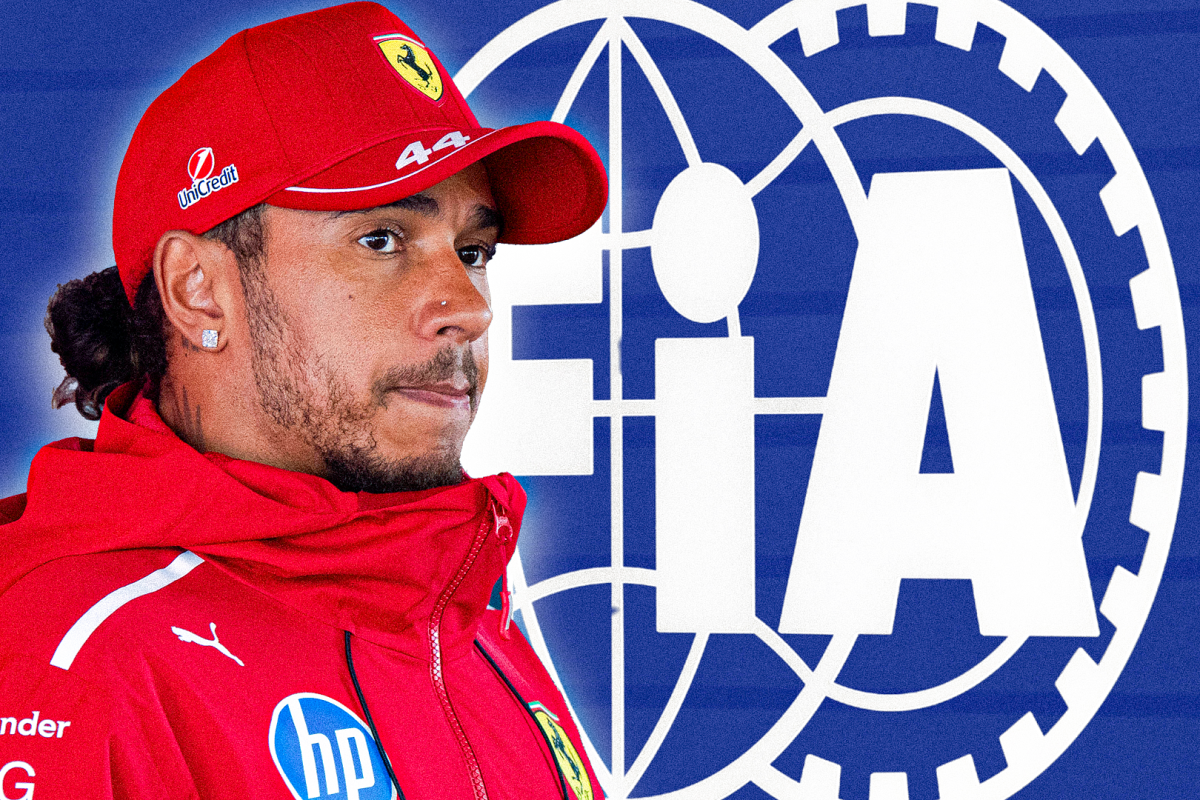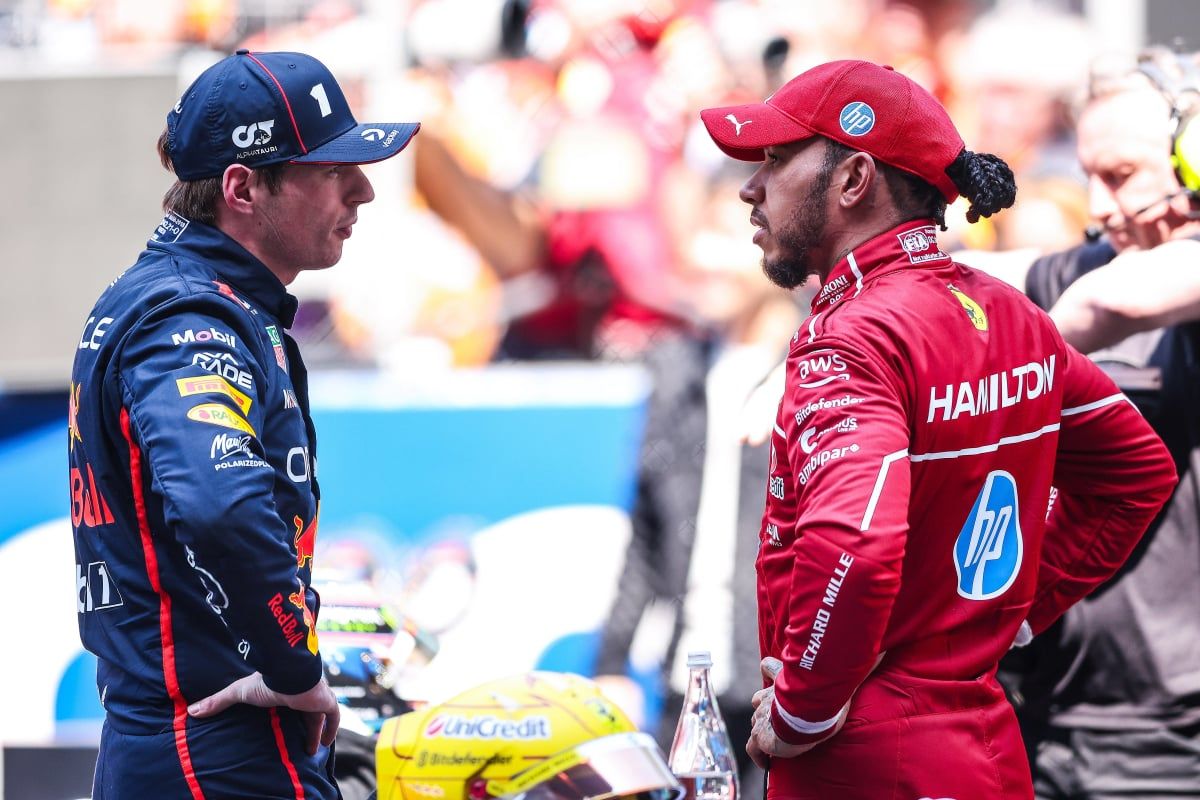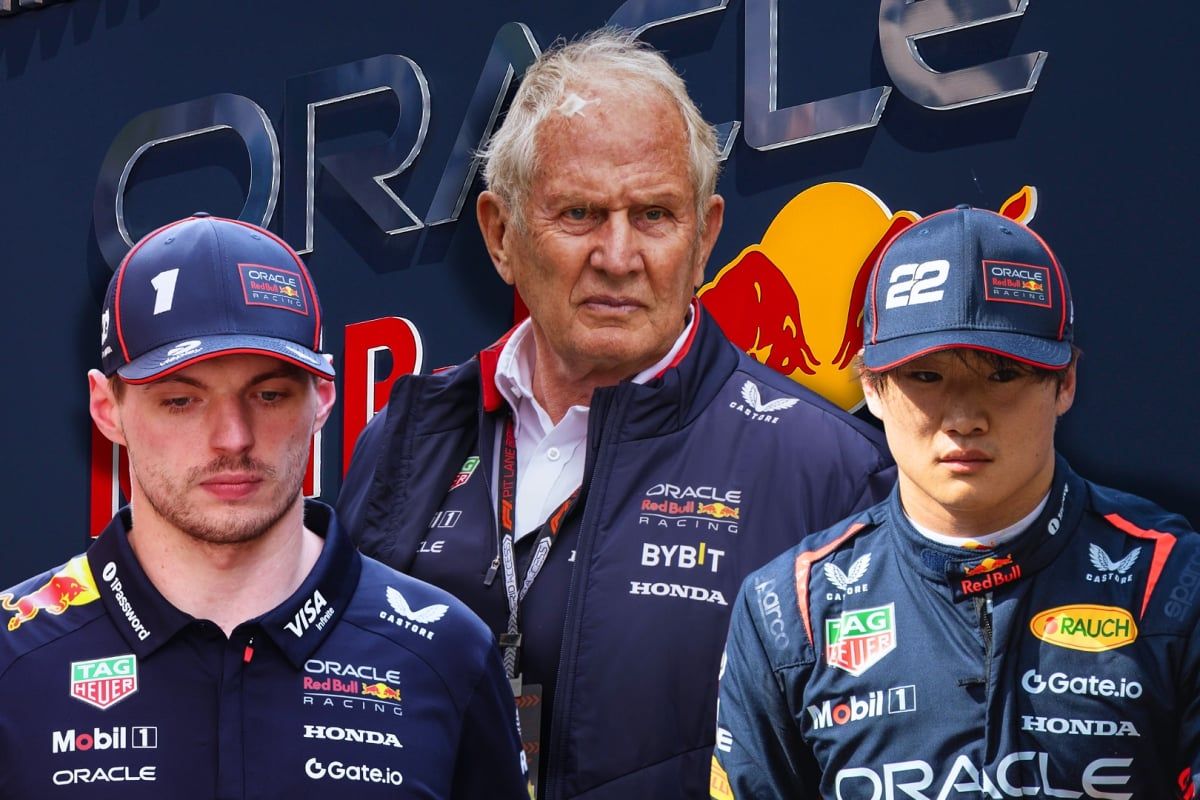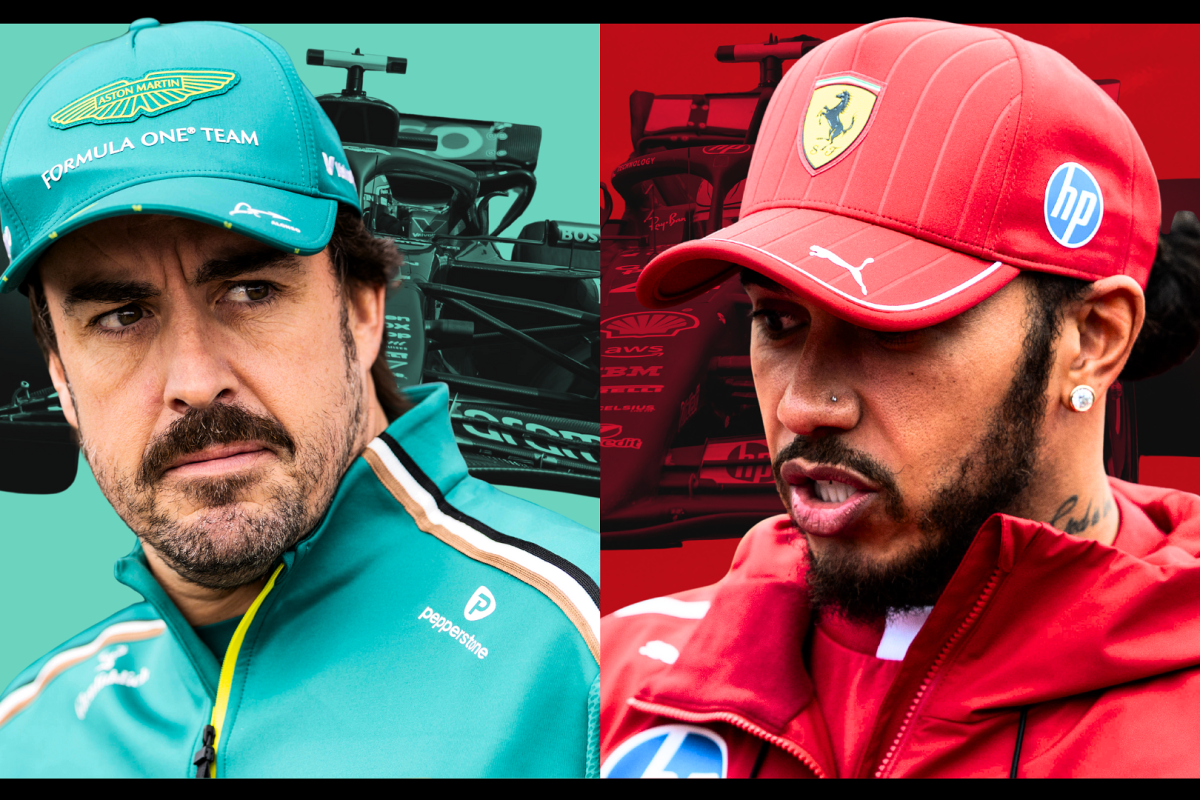FIA confirm Monaco G…read more
The FIA has confirmed a significant rule change for the Monaco Grand Prix that aims to inject more excitement into one of Formula 1’s most prestigious yet often criticized races. As part of an update to the 2025 Sporting Regulations, all 20 drivers will now be required to make two mandatory pit stops during the race at the Circuit de Monaco. This change, approved by the World Motor Sport Council, is specifically designed to increase strategic variation and entertainment value at a circuit that has long struggled with on-track overtaking due to its narrow and twisting layout. Over the years, the Monaco Grand Prix has faced growing scrutiny for producing processional races, with minimal opportunities for drivers to pass one another. This new regulation represents Formula 1’s proactive approach to keeping the event relevant and engaging for fans, while also maintaining the iconic prestige of the race.
Failure to comply with this new two-stop rule will result in strict penalties, as detailed in Article 30.5 m) of the FIA Sporting Regulations. According to the article, any driver who does not complete the two required pit stops will face disqualification, unless the race is suspended and cannot be restarted. In such a scenario, a time penalty will be imposed instead. Specifically, 30 seconds will be added to the elapsed time of any driver who failed to use at least two specifications of dry-weather tyres during the race, or who failed to use at least three sets of tyres of any specification. Moreover, if a driver uses only a single set of tyres for the entire race distance, they will face an additional 30-second time penalty. These new rules ensure that strategy will play a larger role in determining the race outcome, adding layers of unpredictability to a venue where position has traditionally mattered more than pace.
The decision to introduce this rule at Monaco reflects Formula 1’s broader goal to keep the racing spectacle alive, especially at circuits that face inherent limitations. Overtaking in Monaco is notoriously difficult due to the circuit’s tight confines, and as car dimensions have increased over the years, the challenge has only grown. The 2025 Monaco Grand Prix has already demonstrated some of these issues during the opening practice sessions, with several drivers voicing their frustration over traffic and impeding cars. One notable incident occurred when home favourite Charles Leclerc collided into the back of Lance Stroll’s Aston Martin, a consequence of the traffic chaos that often disrupts flying laps at this venue. Despite the criticism, Monaco remains a fan and driver favorite due to its historic significance and glamorous backdrop, and the race’s future has now been secured with a new six-year deal that will keep it on the calendar until 2031.
By mandating two pit stops, Formula 1 is hoping to spice up the strategic landscape of the race. Instead of the traditional one-stop processions, teams will now be forced to rethink their approach, balancing tyre wear, traffic management, and optimal pit windows. This opens the door to undercuts, alternative tyre strategies, and more dramatic position changes — even if not all of them occur on track. The regulation change is a bold move, signaling the FIA and Formula 1’s commitment to enhancing the competitive nature of the sport without compromising its traditions. The 2025 Monaco Grand Prix will thus serve as a litmus test for whether such rule modifications can revitalize even the most processional of races. If successful, this initiative may pave the way for similar innovations at other circuits with overtaking challenges. Ultimately, the future of the Monaco GP will depend on its ability to deliver compelling racing, and this latest change may be the shake-up it needs to remain not just iconic, but also exciting.




